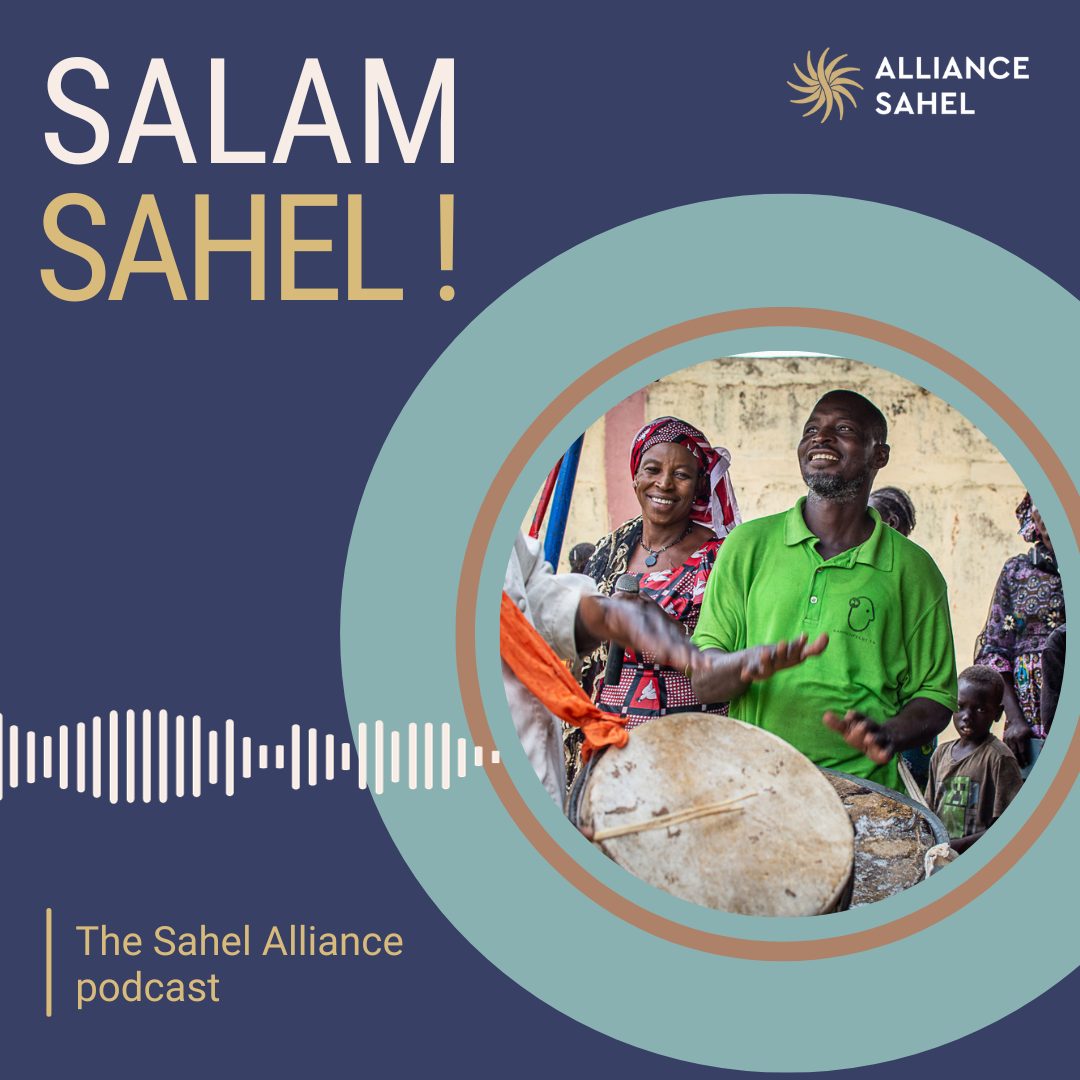Aid coordination: developing a spirit of collaboration for well-being in the Sahel
Interview with Mr Rasit Pertev, World Bank Representative-Resident in Chad, Spokesman for the Sahel Alliance in Chad
What are the challenges facing Chad today with regards to improving living conditions and socio-economic development ?

The Sahel is a territory where there is both a major development challenge and a major security challenge. Together, these two challenges can be heavy to bear.
Chad is a vast country, the size of France, Germany and Poland combined. In this area, the challenges are many: over 50% of children have no access to primary education, and only 10% of the population has access to energy. These figures are among the lowest in the Sahel and Africa. The World Bank and its Sahel Alliance partners are working alongside Chad to address these challenges.
As the World Bank Representative and spokesperson for the Sahel Alliance, what specific actions you are taking ?
Together with our Sahel Alliance members, we are working on many levels. In the energy sector, for example, the World Bank has financed nearly half a billion dollars. I hope that over the next 5 years, this money will enable projects to be carried out to improve access to energy from 10% to over 30%. In Chad, Alliance members are investing nearly $2.33 billion in 146 development projects.

How important is working together with other Sahel Alliance partners? How do you coordinate this action?
In each country, there is a platform for coordinating development aid, not just with members of the Sahel Alliance, but with all development partners.
Within the Sahel Alliance, we are aligning ourselves with existing development aid coordination mechanisms at country level. We are also implementing an integrated territorial approach, i.e. in addition to coordination at national level, we are developing coordination at local level to prevent our efforts from being fragmented and having no impact. We try to have carefully targeted, coordinated interventions at local level, with a real impact on people’s lives. This is what the Sahel Alliance is focusing on, and what we are working on together.
What does the Sahel Alliance bring to the table that other coordinating bodies don’t?
The Sahel Alliance is not only a coordination mechanism, it is also a mechanism for dialogue between partners. Are we doing the best we can to meet the challenges of security and development in the Sahel? The Sahel Alliance takes into account the Sahel’s geography and security context. It’s a traditionally well-connected area. In this area, we’re trying to support development in order to have an impact on the Sahelian regional plan.
What is the Integrated Territorial Approach (ATI)?
The integrated territorial approach allows us to talk about development not only at the thematic level, but also at the geographical level, in terms of specific localities. This allows us to see how development actions will really impact people directly at the local level.
Without projects, funding and quality initiatives, the territorial approach will not produce any results. When there are good projects, the necessary funding, acceptance by the local population, participation of all stakeholders, the territorial approach orchestrates the final result to ensure a “symphony” of development.
Today, Chad is facing a humanitarian crisis as a result of the war in Sudan, as well as instability in the Central African Republic. The situation is critical. In this context, how can the integrated territorial approach help Alliance Sahel stakeholders and partners to act more effectively?
For example, there are currently over 100,000 refugees in Chad and 30,000 returnees (editor’s note: the interview was conducted at the beginning of June 2023). With the integrated territorial approach, we look at what is happening at the ground level to see the possible results of planned interventions.
For example, where will the wells be installed? Where will schools be built? Where are we going to help the refugees? Looking at the map, with all our partners, gives us a different perspective and a clearer understanding of the impact of the aid we provide, depending on its territorial positioning.
This approach integrates host communities and all development partners, in all sectors (agriculture, energy, etc.). For example, in a given area, we might have an energy supply project, an agricultural project, a refugee support project, etc. With the integrated territorial approach, we can see much more clearly how all these interventions will be translated at the ground level. This leads to better results, with much more sensible interventions.
In the coming months, what priorities should Sahel Alliance members focus on in Chad?
We will continue the dialogue and our work together. We will be making field visits in order to follow up on how projects are progressing and how we can improve our approach. In the coming months, we will also be looking at ways of strengthening our support for refugees.
At the moment, the mechanisms for coordinating development aid in different countries are confusing. The Sahel Alliance provides added value that could be strengthened over the coming months by improving the way it operates. This is not only a coordination mechanism, but also a spirit of collaboration for the well-being of the Sahel.
Go further

